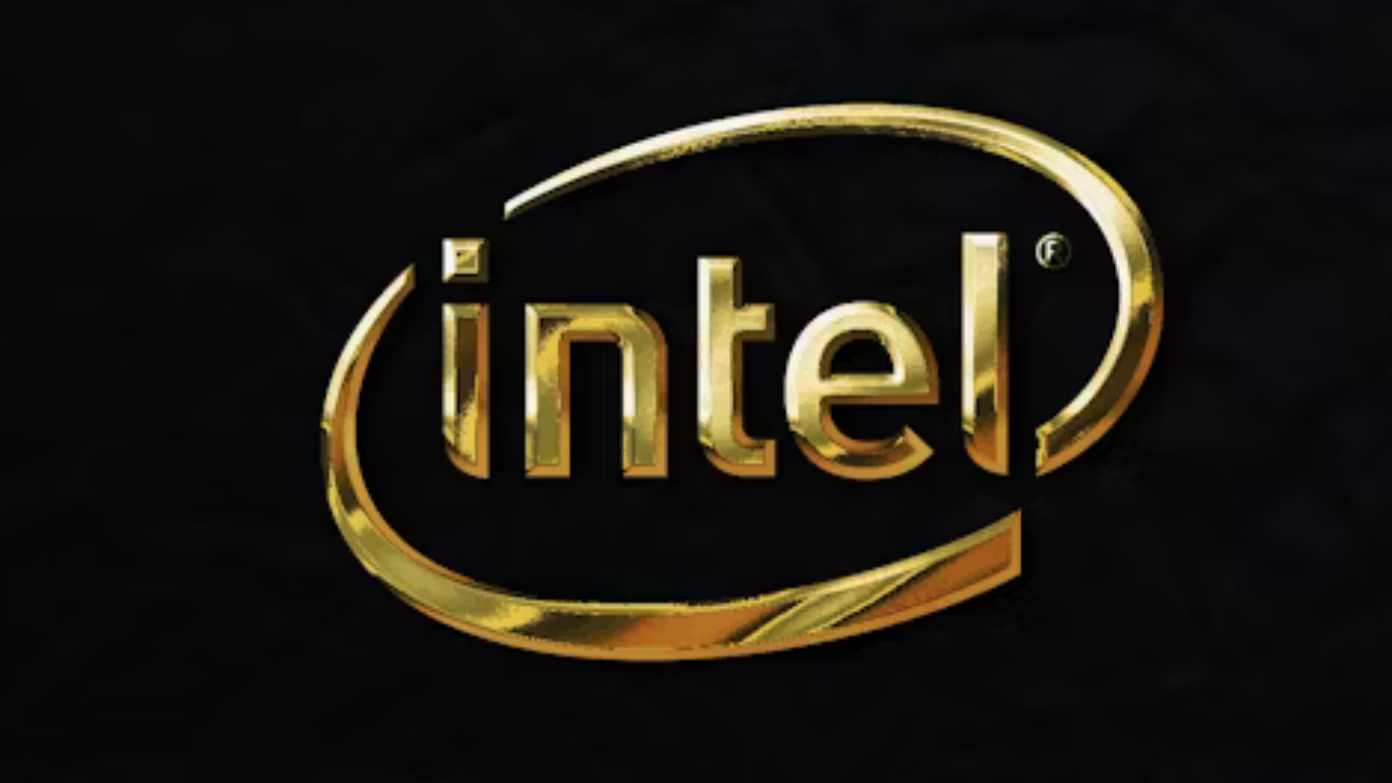Intel shares rose almost 7 percent on Friday after the chipmaker posted its best quarterly earnings performance since 2023, showing that a bold turnaround plan under new management is starting to pay off. The chip giant reported third quarter revenue of $13.7 billion and adjusted earnings per share of $0.23, well above Wall Street forecasts and the company’s first return to profitability since it began posting losses in excess of a year.
Exceeding expectations and unwinding losses
Intel’s third quarter results were an enviable contrast to the same quarter in 2024 when the company reported a disastrous $16.6 billion loss. $4.1 billion net income for the quarter ended September 27, 2025 was achieved by the chipmaker through both internal profits and approximately $3 billion in strategic asset sales gains like Altera and a portion of its stake in Mobileye.
Revenue was up 3 percent from the prior quarter year over year at $13.7 billion, higher than the projected $13.15 billion expected by analysts and higher than Intel’s guidance range. But even more stunning was the adjusted earnings per share of $0.23 that smashed the consensus estimate of a mere $0.01, a 2,200 percent surprise that sent the stock flying in after hours trading.
Adjusted gross margin was 40 percent, much above analyst expectations of 35.7 percent and a 18-month high. This is due to cost reduction measures pursued aggressively, which trimmed research and development spending from $4.049 billion to $3.231 billion from the previous quarter last year.
Turnaround strategy under new leadership
The robust performance is the first big win for CEO Lip Bu Tan since taking the reins in March 2025. Tan, who last had a 12-year stint at Cadence Design Systems and has vast venture capital background, has overseen sweeping reforms that include staffing cuts in excess of 20 percent and radical pruning of manufacturing plans that were hallmarks of his predecessor’s reign.
Intel’s workforce has fallen from 124,100 employees in the previous year to 88,400 today, a reduction of nearly 29 percent under Tan’s policy of favoring stringent fiscal discipline over ambitious expansion strategies. The CEO has also revamped Intel’s capital plan to rely more heavily on external commitments after his meeting with Donald Trump in August, rather than the outlay heavy strategy that saw the firm report its first annual loss since 1986 in 2024.
Tan underscored during the earnings call that the performance reflects Intel’s steady advancement against strategic priorities, particularly with artificial intelligence driving computing demand across the company’s breadth of offerings from core x86 platforms to application-specific integrated circuits and accelerators, and foundry services.
Strategic investments provide financial cushion
Intel’s turnaround has been indicated strongly by a record wave of high-profile investments totaling around $15.9 billion over the past three months. In September, Nvidia committed to investing $5 billion in Intel common stock, where the AI chip champion will hold approximately 4 percent of shares after the issuances of new issues. The alliance entails partnership to create multiple generations of custom data center and PC offerings, which challenge Taiwan’s TSMC monopoly in semiconductor manufacturing.
SoftBank Group invested $2 billion in Intel in August when SoftBank chairman Masayoshi Son believed that semiconductors are the foundation of all industries and believed in Intel’s leadership role in the advancement of U.S. advanced semiconductor manufacturing. More importantly, the U.S. government invested in a 10 percent stake in Intel for $8.9 billion following high-level negotiations in Washington, and Intel realized $5.7 billion of the investment during the third quarter.
These strategic investments have strengthened Intel’s balance sheet and operational freedom and have demonstrated the significant contribution the company makes to the technology ecosystem, CFO David Zinsner states.
Segment performance and market position
Intel’s Client Computing Group, which produces personal computer processors, recorded revenue of $8.5 billion in the third quarter, a 5 percent sequential increase and higher than analyst estimates of $8.2 billion. The result reflects resurgent demand for personal computer processors, particularly as consumers and businesses upgrade to systems capable of supporting AI applications.
The Data Center and AI segment showed divergent trends with small decreases offset by growing demand for artificial intelligence workload-supporting chips. CFO Zinsner showed that Intel’s chips are currently under supply tension, a trend which will continue to 2026 as data center providers replace central processors to accommodate AI demand.
Intel shares have bounced back amazingly in 2025, more than doubling more than 90 percent to date this year and outrunning AI chip leaders Nvidia and AMD. The rally has pushed Intel shares ever higher, increasingly expensive, at 63 times forward earnings over the next 12 months versus around 20 in January.
Challenges ahead and cautious outlook
Though the robust third quarter earnings, Intel provided fourth-quarter revenue guidance of between $12.8 billion and $13.8 billion with a midpoint of $13.3 billion, which fell short of analyst expectations of $13.37 billion. Intel forecasts adjusted per-share earnings of $0.08 for the quarter, matching but not surpassing analyst expectations.
Intel guidance does not include Altera revenue following a majority ownership sale close at the end of the third quarter, making year over year comparisons challenging. Finance chief Zinsner cautioned Intel’s flagship 18A manufacturing process will persist in having yields subpar to industry levels and won’t be considered acceptable until 2027, highlighting technical challenges.

